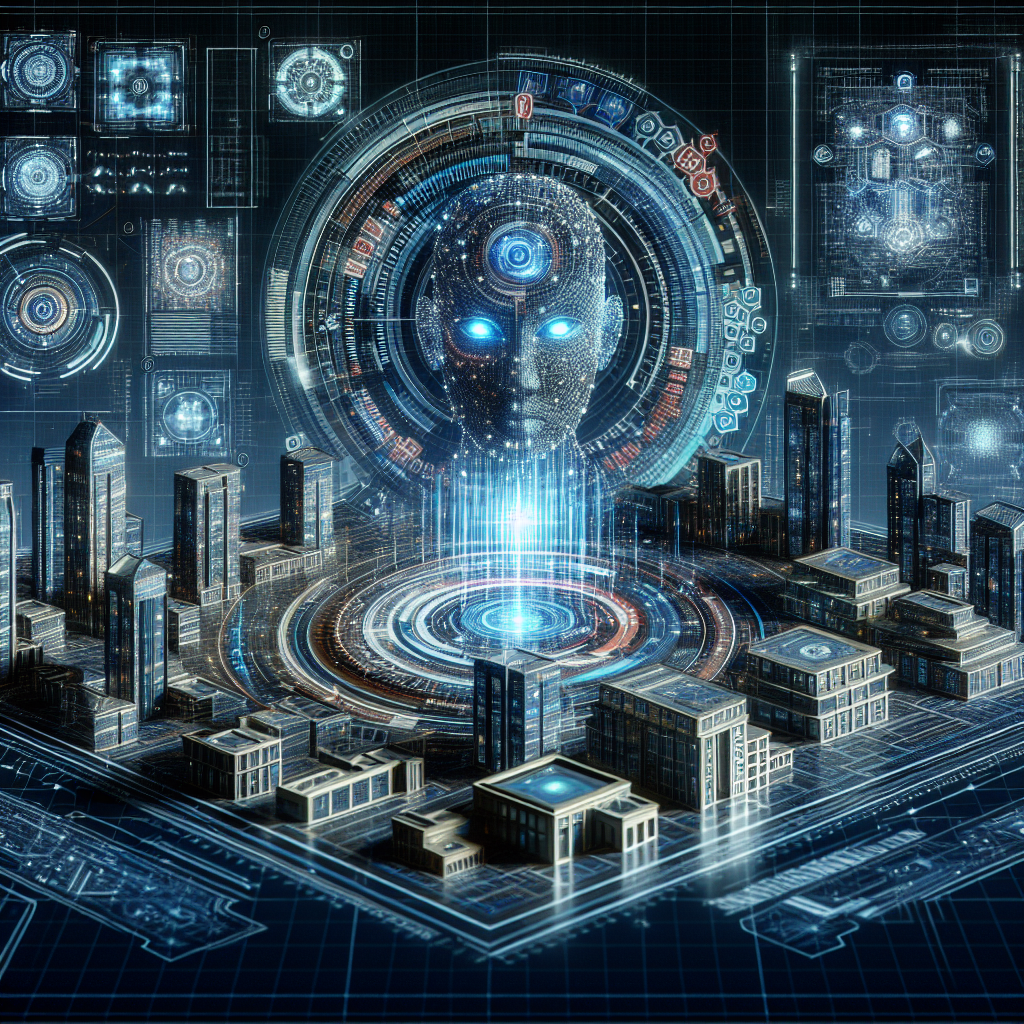AI in Architecture: Redefining the Concept of Place Attachment
In recent years, artificial intelligence (AI) has been increasingly integrated into various fields, including architecture. AI has the potential to revolutionize the way architects design and build spaces, leading to more efficient, sustainable, and innovative structures. One of the key aspects of this transformation is the redefinition of the concept of place attachment.
Place attachment refers to the emotional bond that individuals have with a particular place. It is a complex and multidimensional concept that encompasses the physical, social, and psychological aspects of a place. Traditionally, architects have relied on their intuition and experience to create spaces that foster a sense of place attachment. However, with the advent of AI, architects now have access to advanced tools and technologies that can analyze data, predict user behavior, and optimize design solutions to enhance place attachment.
AI in architecture can help architects better understand the needs and preferences of users, leading to more personalized and responsive designs. By analyzing data on user behavior, demographics, and preferences, AI can generate insights that inform design decisions, such as the layout, materials, and amenities of a space. This data-driven approach allows architects to create spaces that are tailored to the specific needs of users, resulting in a stronger sense of place attachment.
Moreover, AI can also assist architects in optimizing the performance of buildings in terms of energy efficiency, sustainability, and comfort. By simulating various design scenarios and analyzing their impact on factors such as sunlight exposure, ventilation, and thermal comfort, AI can help architects identify the most efficient and sustainable design solutions. This not only benefits the environment but also enhances the overall user experience, leading to a deeper sense of place attachment.
Furthermore, AI can facilitate the integration of smart technologies into buildings, creating more interactive and adaptive spaces. By leveraging sensors, actuators, and other IoT devices, AI can enable buildings to respond dynamically to user needs, preferences, and environmental conditions. This level of customization and flexibility can enhance the user experience and foster a stronger sense of place attachment.
Overall, AI in architecture is redefining the concept of place attachment by enabling architects to create more personalized, sustainable, and interactive spaces that resonate with users on a deeper emotional level. By harnessing the power of AI, architects can design spaces that not only meet the functional and aesthetic requirements but also foster a sense of belonging and connection among users.
FAQs:
Q: How does AI in architecture impact the design process?
A: AI in architecture streamlines the design process by analyzing data, generating insights, and optimizing design solutions. This enables architects to create more efficient, sustainable, and innovative spaces that enhance place attachment.
Q: Can AI in architecture replace human creativity?
A: AI in architecture complements human creativity by providing architects with advanced tools and technologies to enhance their design process. While AI can generate insights and optimize solutions, human creativity remains essential in the conceptualization and realization of architectural projects.
Q: How does AI in architecture benefit users?
A: AI in architecture benefits users by creating personalized, sustainable, and interactive spaces that cater to their needs and preferences. By fostering a stronger sense of place attachment, AI-enhanced buildings enhance the overall user experience and quality of life.
Q: What are some examples of AI applications in architecture?
A: Some examples of AI applications in architecture include generative design, building performance optimization, user behavior analysis, and smart building technologies. These applications leverage AI to enhance the design process, improve building performance, and create more interactive and adaptive spaces.
Q: What are the challenges of integrating AI into architecture?
A: Some challenges of integrating AI into architecture include data privacy concerns, technical limitations, and the need for specialized skills and expertise. Architects need to address these challenges to effectively leverage AI and realize its full potential in shaping the built environment.

